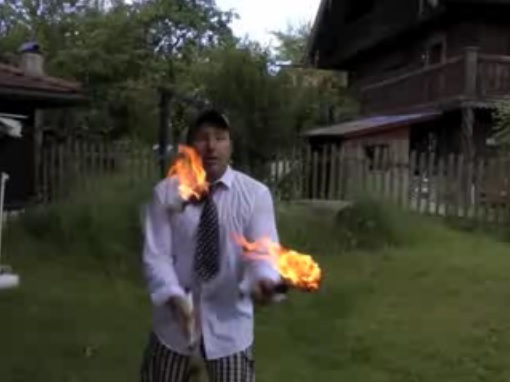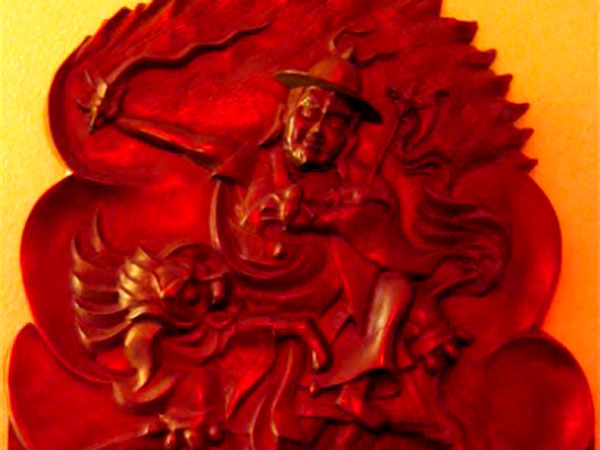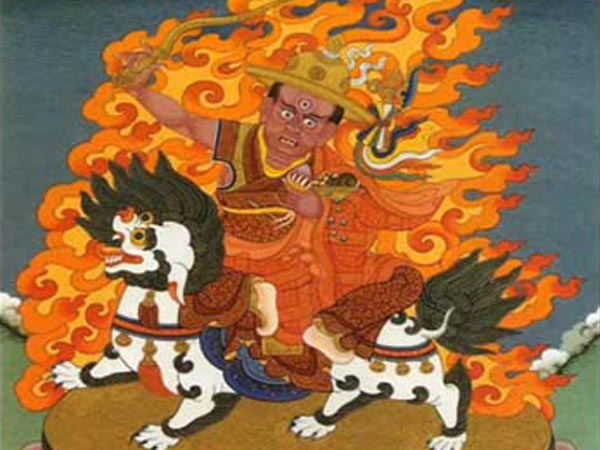FEATURES
| PILGRIMAGE TO INDIA | | Print | |
 We went to India to celebrate the dedication of the new Shar Gaden temple and along the way, we had an opportunity to walk in the footsteps of thousands of Buddhists who went before us. This journey began on Oct. 23 with three monks and 16 lay students heading to Mumbai, India. Our first visit was to the Kanheri Caves in the Sanjay Gandhi National Park. These caves were carved out of cliffs as a place for monks to study and practice Buddhism. Readers' Comments
They date from 1st century BCE to 9th century CE. They were commissioned by royal families, merchants and other segments of the old society to support the monks in their efforts to practice the Dharma. In the center of some of the caves are large Stupas. Thousands of intricate carvings of Buddhas, Bodhisattvas and other Buddhist images cover the walls. As in other cultures, much of the ancient art in India is based on religion. So these caves and their art (sculptures, painting, etc.) and architecture are of interest to many historians. After a quick plane ride south to Hubli, we stopped at Ven. Kuten Lama’s favorite boyhood restaurant – Ayodhya – for tea. Then we drove through a part of the Indian countryside that few foreigners get to see. Fields of sugar cane, rice and corn lay next to tree-lined roads that took us through the town of Mundgod and to a warm welcome by the Shar Gaden monks. After we arrived and enjoyed tea, we settled into our rooms. The next day was a “play day” before the official festivities began. We met briefly with Abbot Geshe Losang Phendey and then Kuten Lama took us on a tour of the grounds. Everywhere we went, preparations were underway – hanging flags, putting up banners, hauling boxes of supplies. But there were no apparent concern for the preparations being completed “on time” but just a sense of purpose and excitement. The celebrations began at 6 a.m. on Wednesday, Oct. 28. A parade of monks carried pictures of lineage masters with a procession of senior monks and students following. Hundreds of people from all over the world sat with local Tibetans around the perimeter of the temple for prayers. The younger monks sitting near us were very busy watching us most of the time. What followed were an official ribbon cutting ceremony, a meeting of the Dorje Shugden Religious and Charitable Society and an evening performance by the monks of a monastic debate and traditional dances and songs. Over the course of the next three days, there were an education conference, a Je Tsongkhapa Long Life initiation, invocation and Lama Choepa at Kyabje Trijang Dorje Chang’s Labrang and Kangso. Time at Shar Gaden seemed to go very slowly even though the days were filled with so much activity. We were so completely separate from our everyday lives – no clock to watch, no work to do and meal times announced with a gong – but we also felt right at home. No one wanted to leave. But next on our trip was a visit to Serpom Monastery to the south. We enjoyed a brief tour of the grounds and had an opportunity to see the new temple that still under construction. After a delicious meal we were on the road again to Mysore. There, we visited Chamundi Hill and the Mysore Palace before going to see Kundeling Rinpoche’s monastery in the heart of the city. An extra day to rest and we were on the road again – north to Bangalore to catch a train that took us to Aurangabad. There we visited the Ajanta and Ellora caves. Both are UNESCO World Heritage Sites and are undergoing preservation. Ajanta is known for the ancient paintings found on walls, ceiling and pillars. The paintings were not painted directly onto the rock walls. After the surface of the rock was made as smooth as possible with hammer and chisel, the rough surface was coated with a layer of clay and cow dung mixed with rice husks. Then, a topcoat of lime was then applied and polished smooth. Then the paint would be applied. Many of the paintings have been lost, but the few that remained hint at how beautifully decorated the caves once were. Ancient teachers in this lineage have practiced the same prayers, chants and other rituals that we do today. So, when we had an opportunity to do Lama Choepa in one of the caves, Kuten Lama explained that it was auspicious that we were able to carry on this tradition. On our second day in Aurangabad, we went to the Ellora caves. This set of caves is a mix of Buddhist, Hindu and Jain religions. There are some features of these caves that are all the same – channels cut into the rock to direct rainwater into large cisterns, windows and holes to let in light and fresh air – but the carvings and ornamentation were all unique. On our last night in Mumbai before we returned to the United States, we had one last meal of spicy Indian cuisine with Kuten Lama. Sitting around the table talking and laughing, it could have been any meal at any time in any place. But it wasn’t – it was the end of a historic trip that included an important time in our lineage. It was, in a single word, amazing! —Margo Pierce, Cincinnati Source : www.ganden.org/uploads/news/pdfs/Garuda_Winter2010.pdf
|
OTHER FEATURES
- GADEN KACHOE SHING, USA
- TUGS BAYASGALANT NUNNERY
- TRIJANG CHOCKTRUL RINPOCHE LEADS VAJRA YOGINI FIRE PUJA
- GESHE YESHE WANGCHUK AND HIS HEART DISCIPLE, TRICHEN LAMA
- SUPPORTING THE GROWTH OF DORJE SHUGDEN IN SOUTH AFRICA









